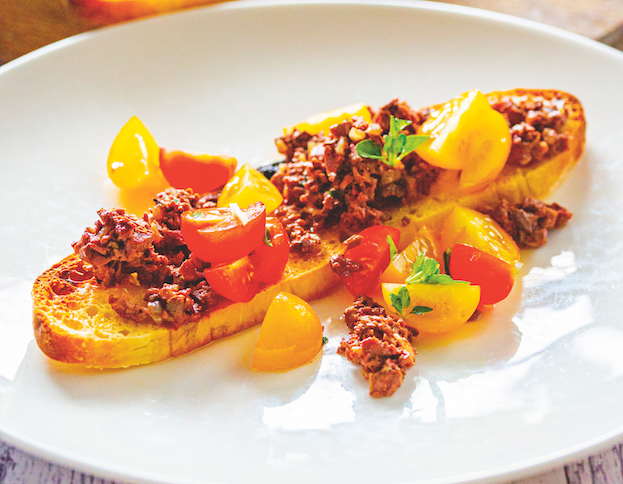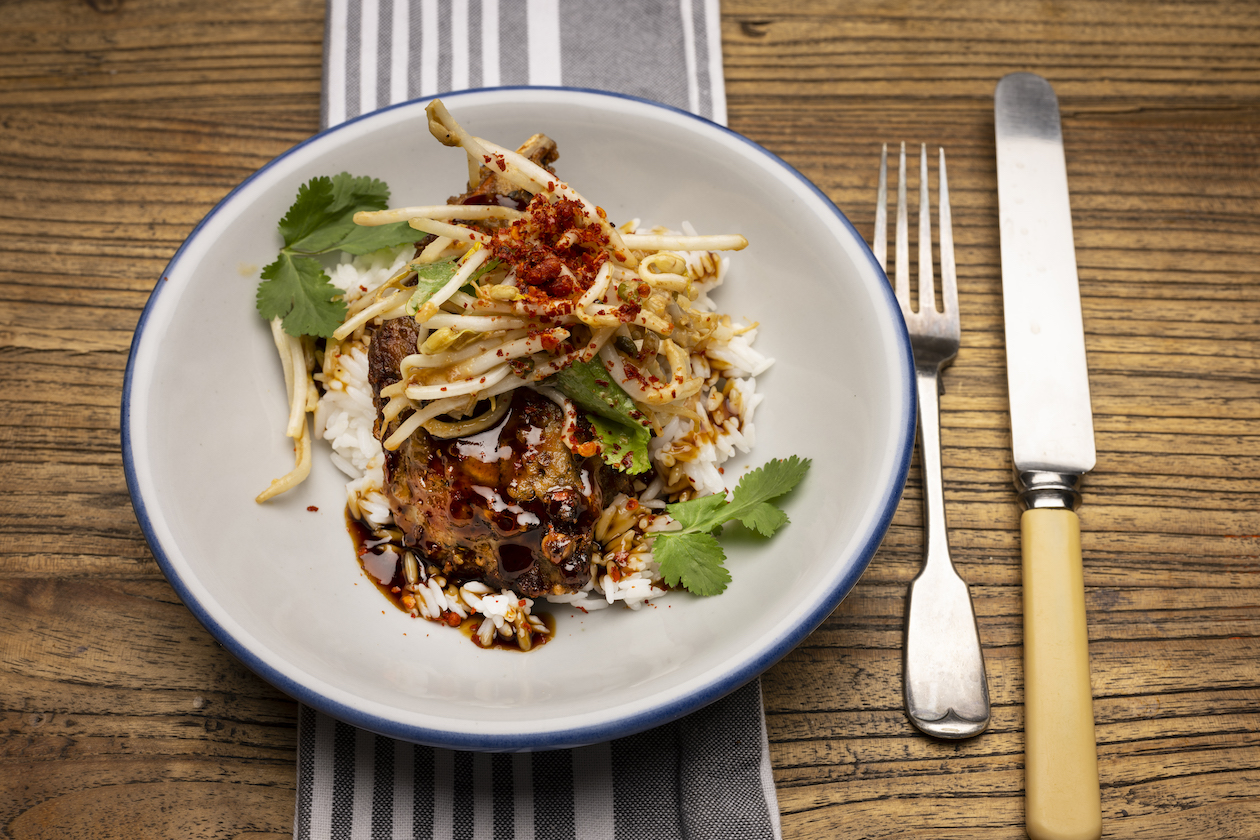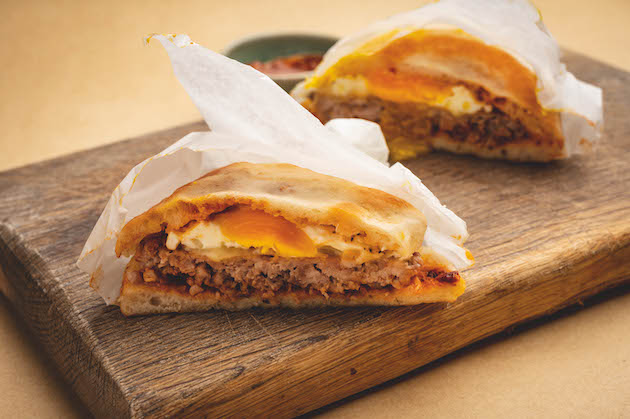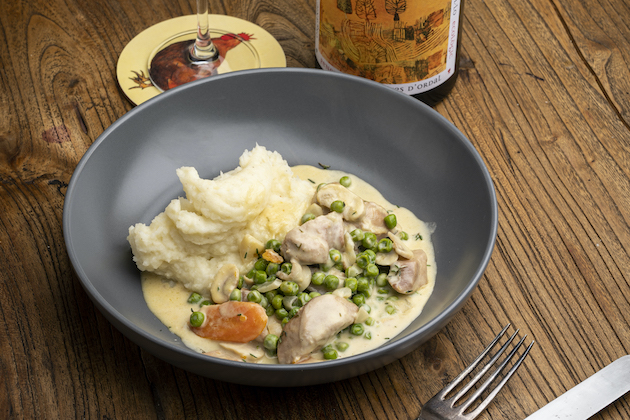Tuscan style rabbit liver pate
A tantalising combination of warm rabbit livers, punchy garlic and fresh tomatoes, this rural Italian pâté is simplicity itself, says Tim Maddams. Serves two.

Rabbit liver pâté Tuscan style
I love rural Italian cuisine and this recipe for rabbit liver pâté is the perfect example of how it is so simple, but has to be just right. Learn to love the boldness of throwing things into a hot pan and tossing them into a blender, the joy of still warm, perfectly seasoned liver offset with a sweet sharpness and a punch of garlic, the fresh tomatoes and the all-important olive oil.
Rabbit liver pâté Tuscan style
Ingredients
- Lots of standard olive oil
- 100g cleaned rabbit livers
- ½ small onion, very finely chopped
- 2 cloves of garlic — 1 finely chopped, 1 roughly chopped
- Salt
- Pepper
- A pinch of mixed spice
- A good glug of marsala wine or vin santo (sweet sherry will do, or vermouth)
- A little very good olive oil
- 6 cherry tomatoes, as ripe as possible
- 1 sprig of fresh thyme, only the leaves pulled off the stems (Keep the stems for a stock)
- A little fresh marjoram or basil
- ½ French stick or some useful sourdough (any good bread will do at a push)
Method
- Allow a pan to heat up over a moderate heat. Add a good glug of the standard olive oil to the pan.
- Add the livers, onion and roughly chopped garlic, but do not toss yet. Turn the livers over individually after a minute so they all get sealed up.
- Season with the salt, pepper and mixed spice. Add a dash of the alcohol. Toss the pan to mix everything together. The livers should not be in the pan for more than four minutes.
- Remove everything from the pan and scrape it into a food processor. Pop the lid on and stand by with the best-quality olive oil. Pulse the blender and drizzle in some more oil until the livers are well chopped, but not pureed. Check the seasoning and adjust as needs be.
- Scoop out all the liver mix into a small dish and level it off roughly. Drizzle over more olive oil. That’s the livers ready. This is at its best when eaten fresh. It will be fine in the fridge for a day or two, but it is never quite the same once it has been chilled.
- Now make the salsa cruda. Cut the tomatoes into sixths or quarters, depending on size, season with salt and pepper, add the marjoram or basil and a dash of the good olive oil, but not much. Adding a few chilli flakes is optional. Stir it all together and allow it to come to room temperature if the tomatoes were cold.
- Slice some bread and either grill it in a pan to make slightly charred bruschetta or stick it in the toaster. Once it is toasted, rub with a little garlic, spread on some liver and drizzle over some salsa.
- Enjoy. I often make a mini version of this dish if I only have one or two rabbits. It’s a cheeky little treat for the cook as a reward for all that skinning and gutting.
The backstory to this rabbit liver pâté dish
Many, many moons ago, I worked in a basement kitchen in west London, just off Portobello Road, on Lancaster Road. The place isn’t there any more, but it was a restaurant run by a man named Alastair Little.
Alastair Little was one of those cooks who bucked the trend, along with the likes of Fergus Henderson and Gary Rhodes. He was doing his own thing and doing it well. While everyone else was towering things up and feathering sauces, he was making ravioli, cooking chines of ham — a cut including the backbone — and parsley sauce and generally rocking it.
I joined the team as an underling and one of the first things I had to make was “chicken livers Tuscany”. This rough pâté was spread on crostini and dressed with a raw tomato sauce — salsa cruda — and I was blown away by its simplicity.
I was used to making fancy-pants chicken liver parfait, with all the faff of making it almost textureless and the nervous wait while it was in the oven. If this very butter-rich liver custard split in the oven, you were in for a serious round of discussion with the other more senior cooks in the kitchen.
The rabbit liver pâté above is not a dish for the faint-hearted. This is a dish with history, passion and love in spade-loads.
It is also a dish that works even better with rabbit livers than it does with chicken livers. Result.








